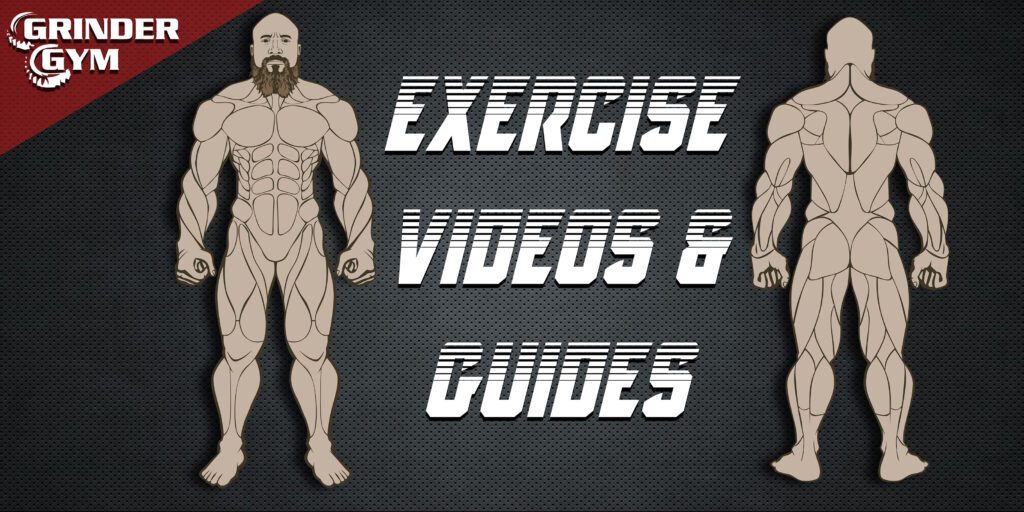KEG TOSS: MAX HEIGHT
- 3 attempts for the best height
- May have a 60 second time limit to attempt a height.
- Wessels rule may be in effect.
- The athlete may use one or two hands to toss the keg.
- Implements: Standard beer keg. 33#’s to 35#’s.
- Height crossbar: No wider than 10’ and should be able to have at least 6” increments.
- Athletes may choose what height to start out with.
- The Athlete must be successful at a given height before proceeding to the next attempt.
- The whole keg must go over the crossbar to count.
- If the crossbar is setting on pegs and the keg knocks the crossbar off, it’s considered a failed attempt.
- Equipment Allowed: Belt, Chalk, knee wraps or sleeves, wrist wraps. Elbow sleeves.
- Equipment NOT Allowed: Tacky

